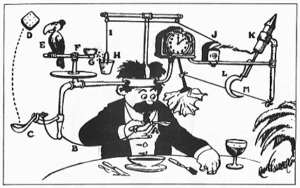Health IT Systems, Integration and Provider Workflows

The article goes on to state, “Errors occurred when the system was not used as intended, did not work as expected and because the systems often did not communicate seamlessly, which was evident by the number of errors that occurred during transitions of care.” During my tenure as a Director of Pharmacy at several different hospitals and systems in addition to my time at various healthcare technology companies, this is an issue I frequently encountered. For example, Kit Check works with our customers to evaluate medication management in their ORs and through these engagements, we see gaps in documentation as high as 35% when comparing what inventory is consumed versus what ends up in the patient record.
Culture of Quality Documentation
This is a real issue but, unfortunately, the recommendations made in the article, namely seamless integration and user training, don’t go far enough. Hospitals will continue to have gaps in their documentation until hospital leadership is willing to make quality documentation a non-negotiable with their provider community and implement processes to quality check patient documentation on an ongoing basis. To ultimately solve the problem, quality documentation has to become part of the cultural fabric of the organization.
Uncompromising Focus on Usability
I am not arguing that IT systems aren’t part of the problem; they are. Poor user experience design makes many of the systems difficult to use. Lack of integration makes documenting and finding information a bigger chore than it should be. This article rightly calls vendors to task but even more is required. Vendors need to invest more time understanding their users’ workflows, continuously optimize every touch point so that less of the burden is placed on providers and leverage analytics and machine learning to help organizations efficiently and accurately provide quality controls.
I’m not going to claim that we at Kit Check are perfect on all of these fronts but making our solutions extremely easy to use with the appropriate quality checks in place to ensure accuracy are top of mind throughout our company. It isn’t just about the product but also includes how we implement and support the solution. The end result, extremely satisfied customers (our Net Promoter Score hovers in the high 50’s which is considered “excellent”) and bullet proof accuracy.